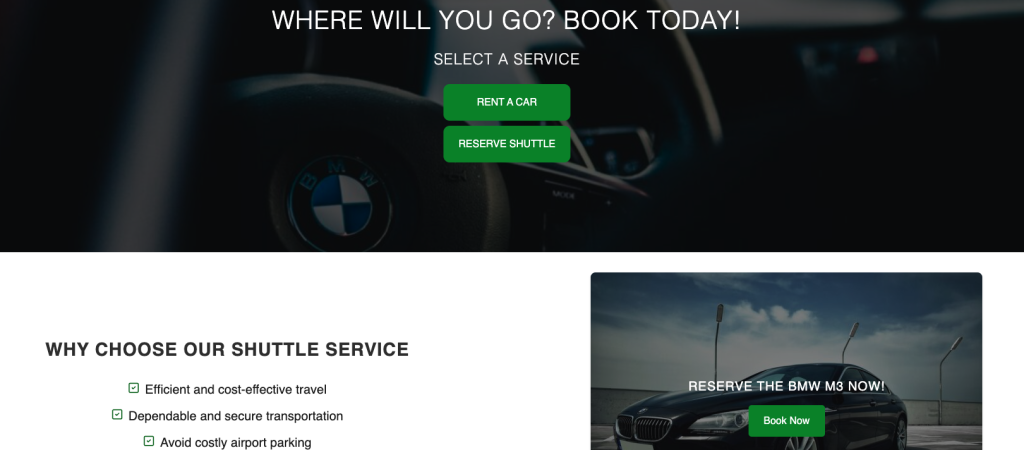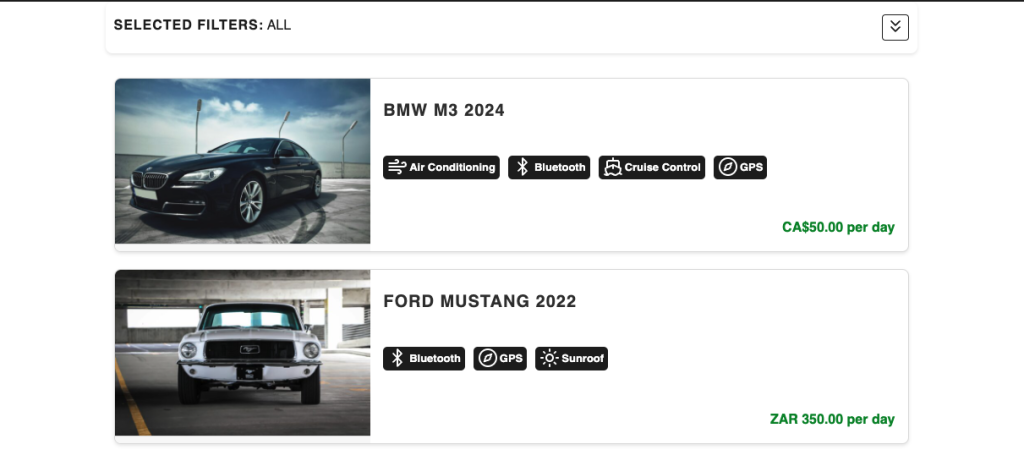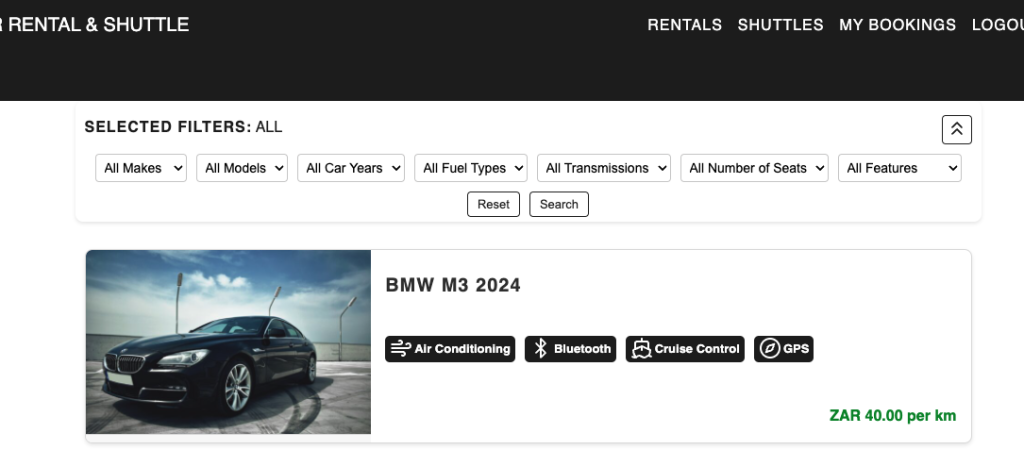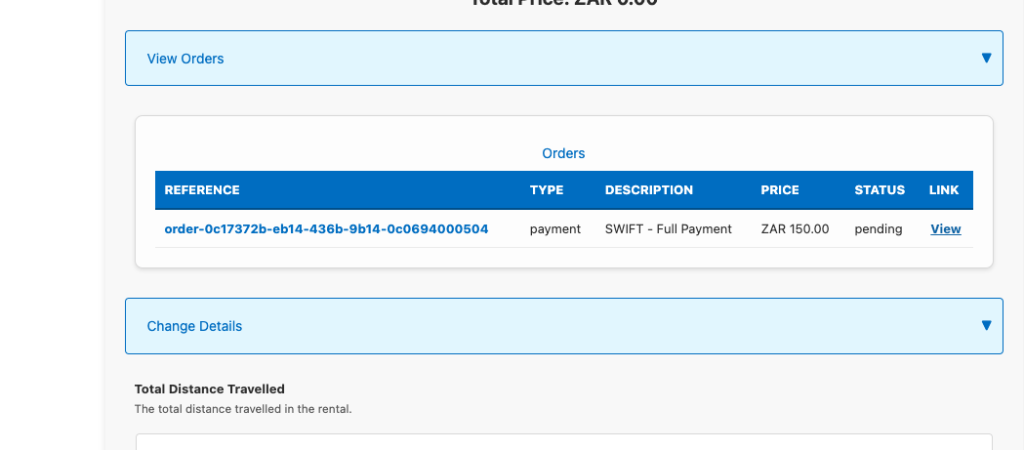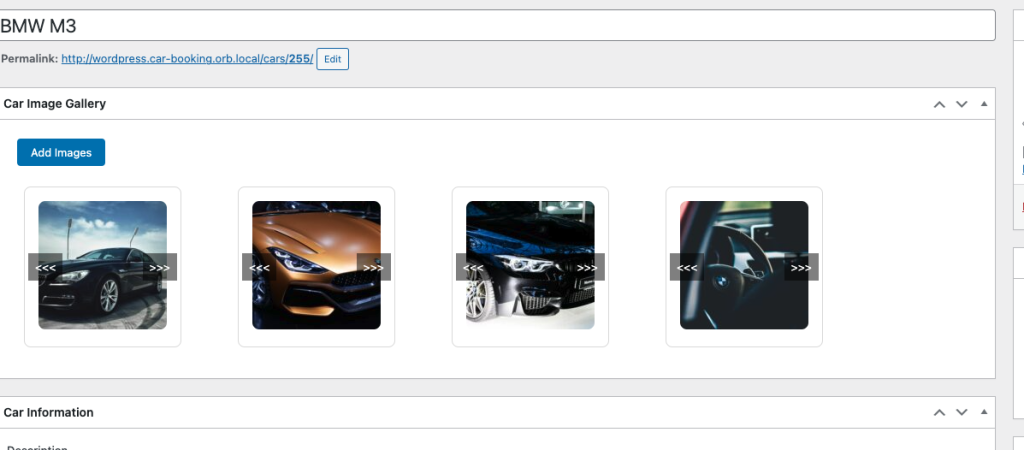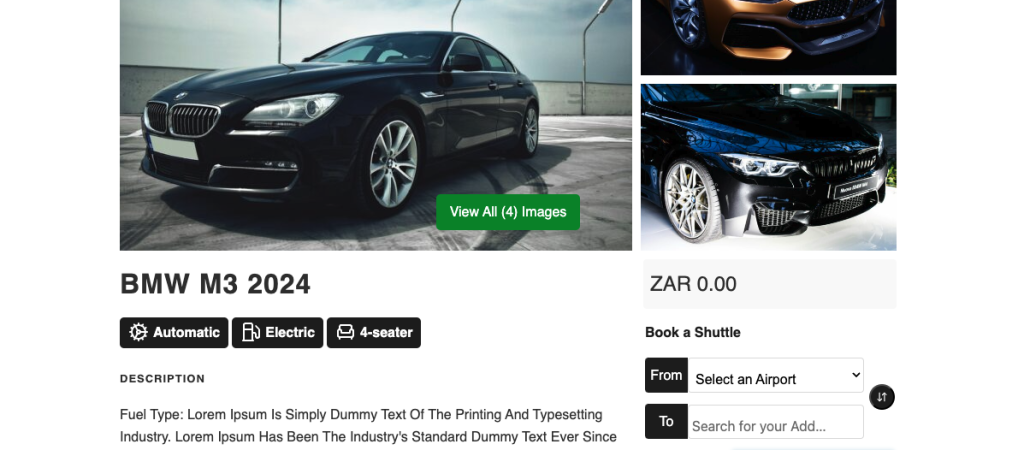Related Posts
-
W.O.R.M in Action: A Deep Dive into My WordPress O.R.M Journey
In this post, I showcase my journey with W.O.R.M—my custom WordPress ORM solution that streamlines development by eliminating magic strings and simplifying complex queries. Discover how I transformed challenging client projects into efficient, scalable systems while pushing the limits of WordPress.
Related Timeline
-
Freelance Software Developer, Hlulani Business and Legal Services
Built a robust car booking and shuttle service website for a Nzuri Design’s client using WordPress. I developed a block theme from scratch with custom Gutenberg blocks powered by React and modern JavaScript, integrated advanced interval trees for efficient booking availability checks, and seamlessly tied in APIs like Mapbox and SendGrid to enhance user and admin experiences.
Oct 2024 – Jan 2025
Tech Stack
Car Booking Website: A Deep Dive into Building a Robust Shuttle & Rental Platform
I recently had the opportunity to build a car booking and shuttle service website for a client a project that pushed me to explore innovative technical solutions and modern web development practices. In this article, I’ll share the technical choices, challenges, and lessons learned while creating this platform. Whether you’re a developer or a technical enthusiast, I hope you find valuable insights that apply to your projects.
Project Showcase
Technical Choices
At its core, the website is built on WordPress. Although I love building applications from scratch, WordPress provided a strong foundation thanks to its out-of-the-box features such as user management, permission handling, and an intuitive admin panel. The platform’s robust ecosystem of plugins and the recent transformation brought by the Gutenberg editor—which introduces React-powered blocks—made it the ideal choice for this project.
Modern Block Development & Block Theme from Scratch
At its core, the website is built on WordPress. Although I love building applications from scratch, WordPress provided a strong foundation thanks to its out-of-the-box features such as user management, permission handling, and an intuitive admin panel. The platform’s robust ecosystem of plugins and the recent transformation brought by the Gutenberg editor—which introduces React-powered blocks—made it the ideal choice for this project.
Advanced Data Structures: Interval Trees
One of the most innovative parts of this project was optimizing availability searches using an interval tree. When managing booking periods—especially when different types of services (like full-day rentals versus time-sensitive shuttles) are involved—it becomes challenging to quickly determine which dates or time slots are free. An interval tree allowed me to efficiently:
1. Insert booking intervals: Every rental or shuttle booking is converted into an interval (using custom classes like DateIntervalDaily and DateTimeInterval) and inserted into the tree.
2. Merge overlapping intervals: The getMergedIntervals() method consolidates overlapping bookings to simplify the data.
3. Compute available gaps: The getGapsBetweenIntervals() function scans the merged intervals to pinpoint free time slots.
This data structure dramatically improved the performance and simplicity of availability checks.
Key Features
The website offers a comprehensive suite of features for both end users and administrators:
Car and Shuttle Bookings: Users can reserve a specific car or book a shuttle to/from the airport. The booking process is designed to prevent double-bookings by leveraging the interval tree logic.
Interactive Admin Panels: Administrators can create and manage multiple car profiles, rental agreements, and shuttle schedules through custom meta boxes and Gutenberg blocks.
User Account Management: Registered users can log in, view, and manage their bookings—all integrated with WordPress’s native user system.
Real-Time Notifications: Integrated with SendGrid, the platform sends customized confirmation and update emails. Additionally, it uses Mapbox for address autofill and distance calculations, ensuring that pricing is accurate and user-friendly.
Time Zone Awareness: The system intelligently converts between UTC and SAST, ensuring that both users and admins see the correct times regardless of location.
Challenges and Solutions
While WordPress is a powerful platform, building a complex site like this came with its own set of challenges:
1.Managing Custom Fields and Relationships
Read more about the W.O.R.M The ORM I am developing here.
WordPress’s default approach—accessing custom fields with magic strings—can become brittle as a site grows. Imagine having to recall the exact name of 60 different fields! To overcome this, I invented a new ORM to handle the issue of magic strings and complex relationships, reducing the chance of errors and making refactoring and testing much simpler.
2.Booking Overlaps and Time Conflicts
Preventing overlapping bookings was a significant hurdle. By implementing interval trees, I could efficiently detect any conflicts and ensure that new bookings were only allowed in available slots. This was particularly challenging when handling different booking types that have varying duration’s and time boundaries.
2.Integrating Modern JavaScript with WordPress
With the introduction of the Gutenberg editor, WordPress has become much more than a PHP-based platform. I leveraged modern JavaScript libraries—like date-fns for time calculations and React for building interactive blocks—to enhance the user experience. This required a delicate balance between legacy PHP code and cutting-edge JavaScript, but the result is a highly interactive and responsive interface.
Lessons Learned
Leverage the Best of Both Worlds:Combining WordPress’s robust back-end capabilities with modern front-end frameworks like React allowed me to build a scalable and user-friendly platform.
Choose the Right Data Structures:The interval tree implementation was key to managing complex booking logic efficiently. It serves as a reminder that the right data structure can make a significant difference in performance and maintainability.
Embrace Interactivity:Utilizing WordPress’s interactivity API helped create real-time, dynamic experiences for both users and administrators. Features such as live booking cancellation and interactive meta boxes enhance usability.
Plan for Scalability: As the site’s complexity grows, so does the need for maintainable and modular code. Avoiding magic strings and repetitive logic early on saved a lot of time and effort later.
Conclusion
Building this car booking and shuttle service website was an enriching experience that pushed me to explore new technologies and innovative solutions. From leveraging WordPress’s powerful ecosystem and creating a block theme from scratch with custom Gutenberg blocks, to implementing advanced data structures like interval trees, every decision was made with scalability and user experience in mind.
I hope this article provides a clear view of the technical challenges and creative solutions that went into the project. Whether you’re building a complex booking system or simply looking to improve your WordPress development workflow, there’s a lot to learn from this journey.
Feel free to reach out if you have any questions or if you’d like to discuss any of the technical details further. Happy coding!
